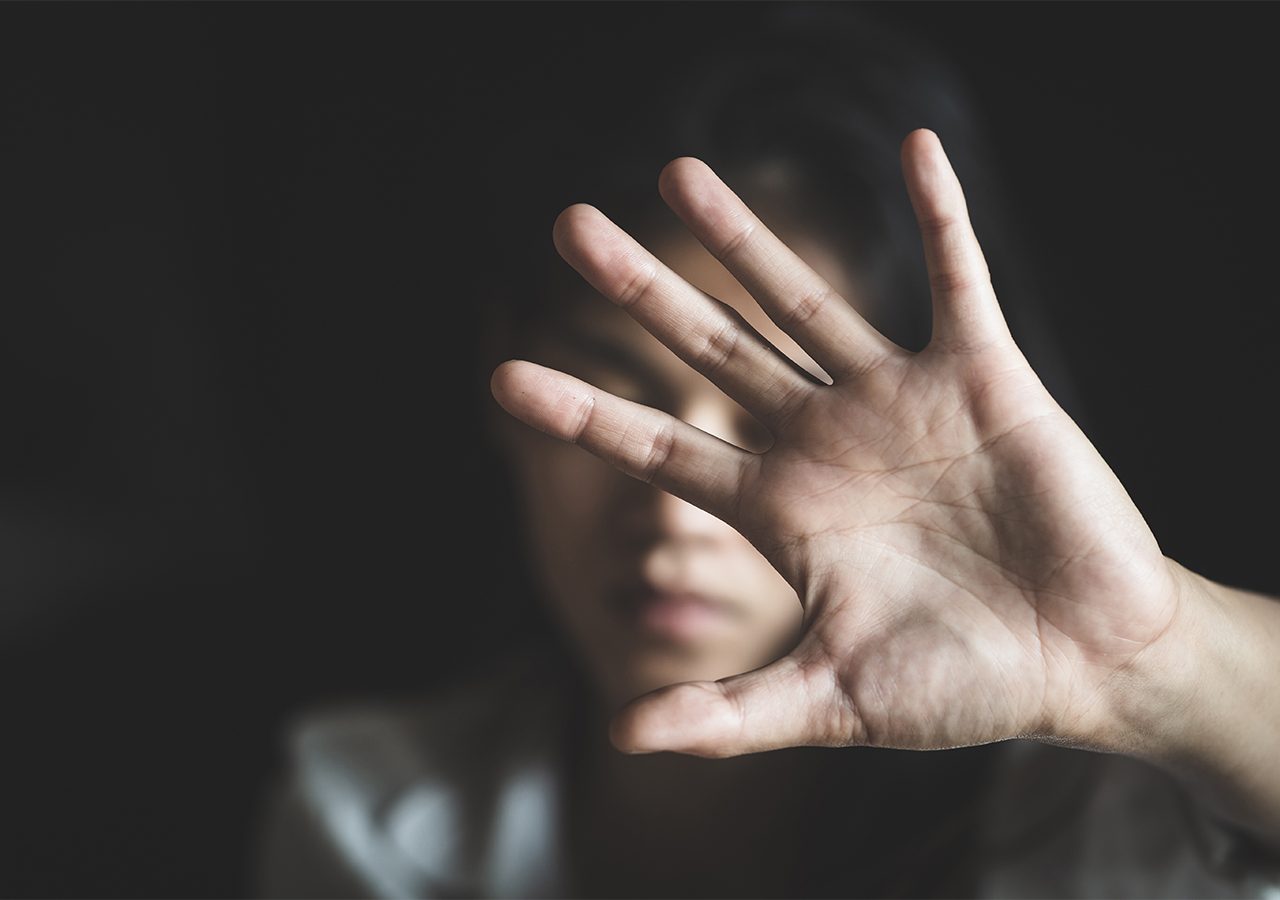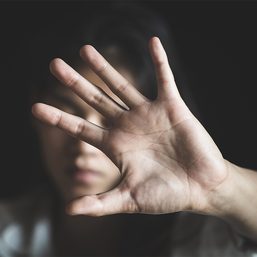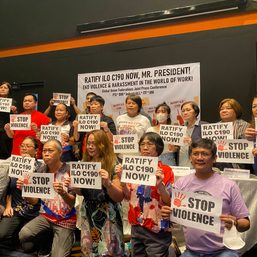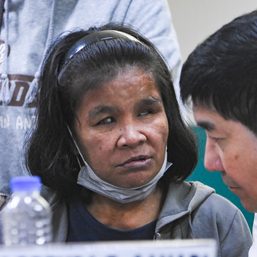SUMMARY
This is AI generated summarization, which may have errors. For context, always refer to the full article.

MANILA, Philippines – When a friend or loved one approaches you to tell you they’ve experienced gender-based violence or sexual harassment, what should you say? What should you do to help them?
The answer is both simple and complex. In the second episode of “Be The Good,” Rappler’s show about advocacies and campaigns, Lunas Collective founder Sabrina Gacad gives advice on how we can best support victim-survivors.
Lunas Collective is a volunteer-driven helpline that uses Facebook Messenger to reach victim-survivors of abuse. Gacad is also chairperson of the University of the Philippines’ Department of Women and Development Studies.
For Gacad, there are obstacles to creating safe spaces for all in the Philippines: existing gender norms, the social tolerance to it, and society’s “cultural inability” to understand consent. Another major setback is the lack of support and resources for care providers, those tasked with receiving reports from victims and responding to them.
There is still a stigma on different faces of GBV [gender-based violence] victim-survivors, including that if one does not look distressed or looks outwardly happy, society will not believe their story.
“Walang tumutukoy dun sa mga behaviors na nakakasama talaga and walang nagsasabi na kailangan ito mabago. […] That kind of stigma makes it difficult for people to ask for help kasi parang lalabas na ‘eh ikaw naman yung nagkamali, bakit ka ngayon hihingi ng tulong?’” she said.
(No one finds out about those bad behaviors and no one speaks up on how it should be changed. That kind of stigma makes it difficult for people to ask for help because it will turn out that you’re the wrong one, so why should you seek help?)
How to help victim-survivors
Here are four ways that Sabrina Gacad shared with Rappler on how you can best help victim-survivors of gender-based violence:
- Assess and pause your biases
The first thing that one must assess before helping a GBV victim is one’s personal capacity in providing or contributing genuine care. Ask yourself first about your personal opinion on these matters and why you stand with those sentiments.
According to a study from the Gender Social Norms Index (GSNI) report of the United Nations Development Programme (UNDP), almost all or 99.5% of Filipinos held biases against women.
The United Nations Women believes that every day is an opportunity to examine one’s behaviors and beliefs for biases that permit certain gender-based issues, including rape culture, and how these biases and stereotypes influence people.
After assessing biases and answering your own questions, Gacad suggested that you can “pause” the bias and ask the victim directly what is the “face of safety” for them? How can you reassure them and what help would they need to accomplish it?

- Validate their distress
On December 2, the Philippine Commission on Women (PCW) said in a statement that guilt and shame are among the discomforts that victim-survivors of violence against women (VAW) frequently grapple with.
Pia Ranada, Rappler’s head of Community, echoed that there are consequences, such as guilt, that trap women when they choose to act or not against an incident of GBV or VAW. In 2022, the Department of Social Welfare Development (DSWD) reported hundred cases of battered women still kept abuses to themselves.
For Gacad, these are still anchored on social norms, which traditionally taught women to be intrinsically patient and understanding, making them doubt themselves when their boundaries are violated.
In these situations, she expounded that you must let a victim-survivor realize that the discomfort and distress they are experiencing are normal; let them acknowledge that “everything they feel in their bodies and everything that is going on in their minds are all real” — opposite of what society has taught them.
- Let them know you’re there
“Nandito lang ako. Makikinig ako sa’yo at paniniwalaan kita.”
(I’m here. I will listen and I will believe what you will say.)
These affirmations are the most basic but also play the most vital role in helping victim-survivors — to listen and believe them.
In helping victim-survivors, Gacad suggests sitting with them and letting them know that you are there for them whenever they need someone to talk to or at least just someone to listen and believe their stories.
Gacad emphasized that some victim-survivors, at times, may not be looking for solutions or action points right away. What they need is to know someone is there to listen to them and help them when they are ready.
“Huwag ka na makialam, pero stand by ka lang diyan (You don’t have to get involved but stay right there),” said Gacad.
In these situations, she said that you must let them know you’re still there, waiting for them to tell you what they want to do in the situation and how they want you to support them.
She also added that if the situation bears too much weight, you don’t have to lift all of it.
It’s all about organizing a whole social support system around them, which includes family members and friends who can be approached in these kinds of difficulties, are trustworthy, and supportive of any outcome that the victim wants.
- Tell them that it’s okay to take it easy.
Gacad reminded that there are cases when, after people experience abuse, they will brush it aside or act as if nothing is wrong.
Despite its emotional toll on them, she believes that it takes strength to get past a difficult situation, and extra strength to pretend that the harm did not happen.
In these cases, she emphasized that there’s nothing wrong for victims to “take it easy,” which means that it is okay to rest and be weak or soft if needed. If they have to hide it, it is also okay.
“Everyone who’s ever experienced some form of gender-based violence, I believe is doing their best to be safe. They’re doing their best to be okay. And no matter na ready [na] sila ipakita ‘yun or not, (no matter if they are ready to show it or not), their best is good enough,” she said.
Lunas Collective is looking for more volunteers for its helpline. You can sign up to be a volunteer and be onboarded to the group’s upcoming programs through their website.
You can also donate to the UN Trust Fund to end Violence against Women here. – Chris Burnet Ramos/Rappler.com
Chris Burnet Ramos is a Rappler intern.
Add a comment
How does this make you feel?






![[Free to Disagree] Arrest Quiboloy!](https://www.rappler.com/tachyon/2024/03/Free-to-disagree-arrest-quiboloy-March-11-2024-1.jpg?resize=257%2C257&crop_strategy=attention)

There are no comments yet. Add your comment to start the conversation.